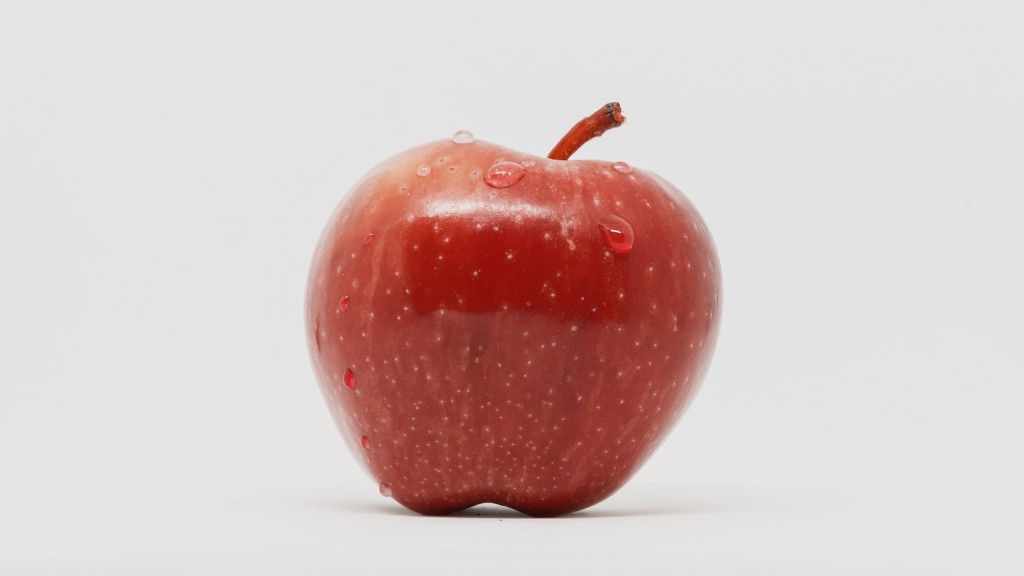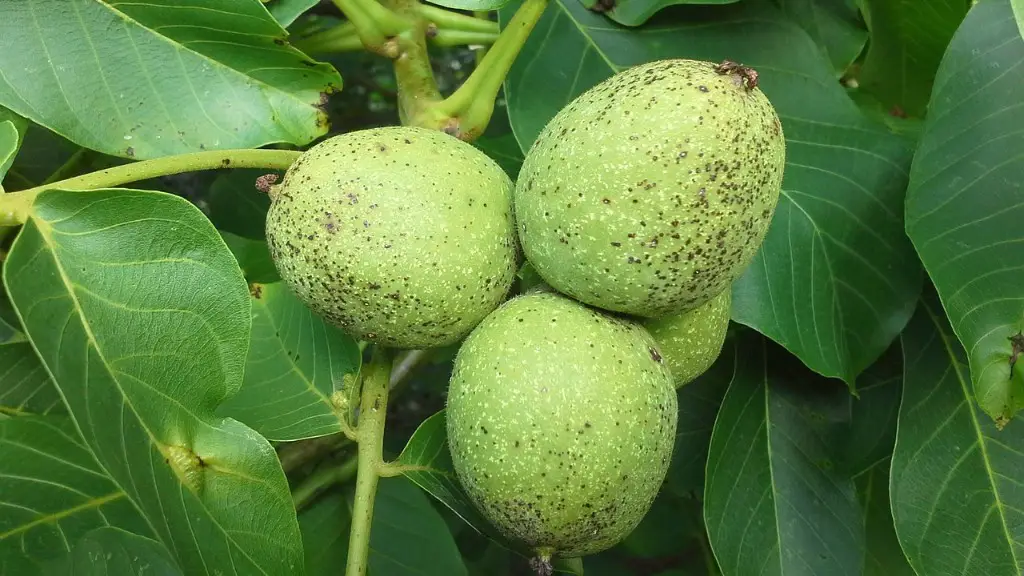Introduction
Avocados are an incredible food with many health benefits. Not only are they nutritious, but they are also quite easy to grow in a home garden. Growing an avocado tree is quite straightforward with a bit of knowledge and patience. An avocado tree can live for a long time, up to 100 years and beyond, becoming more fruitful with age. In this article, we’ll walk through the process of growing an avocado tree and offer tips on how to ensure that it succeeds.
Tools and Supplies
The first step in growing an avocado tree is to gather the right tools and supplies. You’ll need a planting pot and soil, as well as some sort of support system like a trellis or stake. You’ll also need an avocado seed, which can be purchased from a nursery or obtained from a ripe avocado that you already have.
Planting and Watering
Avocado trees should be planted in sandy, well-draining soil. Fill the pot about two-thirds of the way with the soil and place the seed on top. Cover with the remaining soil, leaving about an inch of space between the soil and the top of the pot. Water the soil until it is damp, but not saturated. Place the pot in a sunny spot and water it when the soil begins to dry out.
Support System
As the seed germinates and the seedling grows, you’ll need to provide it with some sort of support system. A trellis or stake can help the plant stand upright and provide it with the stability that it needs. If the trellis or stake is too far away, the branches won’t gain the necessary strength and the plant may droop.
Staking and Pruning
When the seedling grows to be around six inches tall, it’s time to stake it. Staking the avocado tree will not only keep it upright, but it will also help to protect its branches from the elements. You may want to use an adjustable stake if you want the avocado tree to grow tall. Pruning can also help to keep the plant looking healthy and encourage fruit production. When pruning, it is important to be careful not to damage the leaves or branches.
Fertilization
Avocado trees need to be fertilized every few months in order to grow healthy and produce abundant fruit. You can use a combination of organic and chemical fertilizers for best results. Organic fertilizers provide slow and steady nutrition, whereas chemical fertilizers can provide a quick boost of nutrients. It is important to follow the fertilizer instructions closely and not to overapply.
Pest Control
Avocado trees can be vulnerable to pests such as aphids and mites. To control pests, you can use insecticidal soaps or plant oils. You can also try to remove pests by hand or encourage beneficial insects such as ladybugs and lacewings to your garden.
Harvest Time
Once your avocado tree is mature, you’ll start to notice that it produces fruit. The fruit will typically ripen between late June and late November. To harvest the avocado, simply twist it gently to detach it from the branch. If it doesn’t come off easily, it isn’t ready to be harvested yet.
Soil pH and Drainage
It is important to check the soil pH of the soil that your avocado tree is planted in. Avocado trees prefer soil with a pH of 6.5 to 7.0. It is also important to ensure that the soil is well-draining. If the soil tends to pool water, you can add organic matter to the soil to improve drainage.
Light Requirements
Avocado trees need plenty of light and warmth to grow and produce fruit. The trees should receive at least six hours of direct sunlight each day and should be kept away from extremely cold temperatures. An area with a southern exposure is ideal for most avocado trees.
Pollination
For successful pollination, it is important to have two or more avocado trees planted in the same area. If you don’t have two trees, you can spread some bee-friendly plants around the area to encourage bees to visit the tree. Bees are the most effective pollinators of avocado trees, so providing them with sources of nectar and pollen is essential.
Protection from Weather
Avocado trees can be sensitive to extreme weather conditions such as frost and high winds. Therefore, it is important to provide the tree with adequate protection. You can cover the tree with a burlap cloth or plastic sheeting to help insulate it against colder temperatures. For wind protection, you can install wind-breaks around the tree such as a fence or hedge.
Pruning and Pruning Equipment
Pruning is an important practice for avocado trees, as it keeps the tree healthy and encourages fruit production. You can do light pruning anytime, but for more substantial pruning, it is best to wait until the winter or early spring, when the tree is dormant. When pruning, be sure to use sharp, clean pruning shears to ensure a clean cut and minimal damage to the branches.


